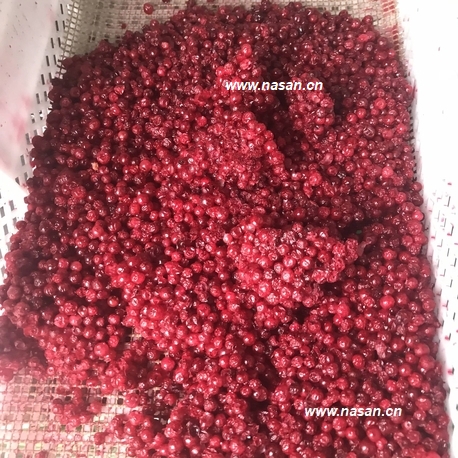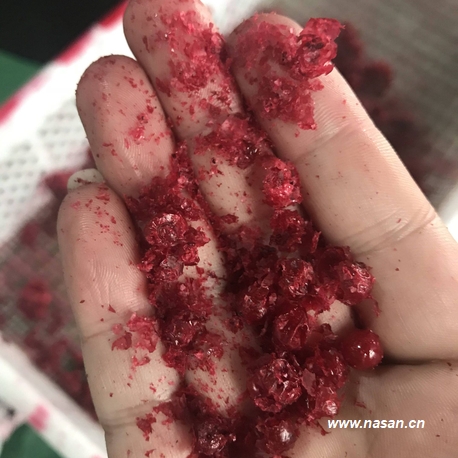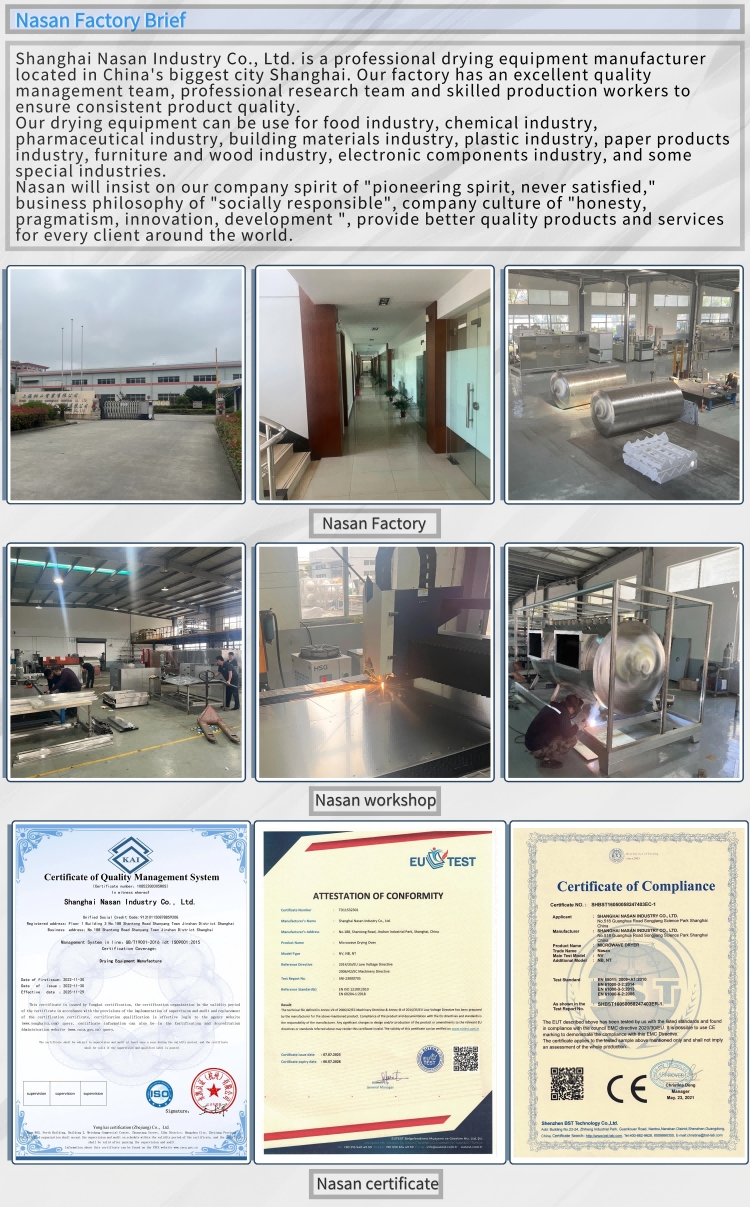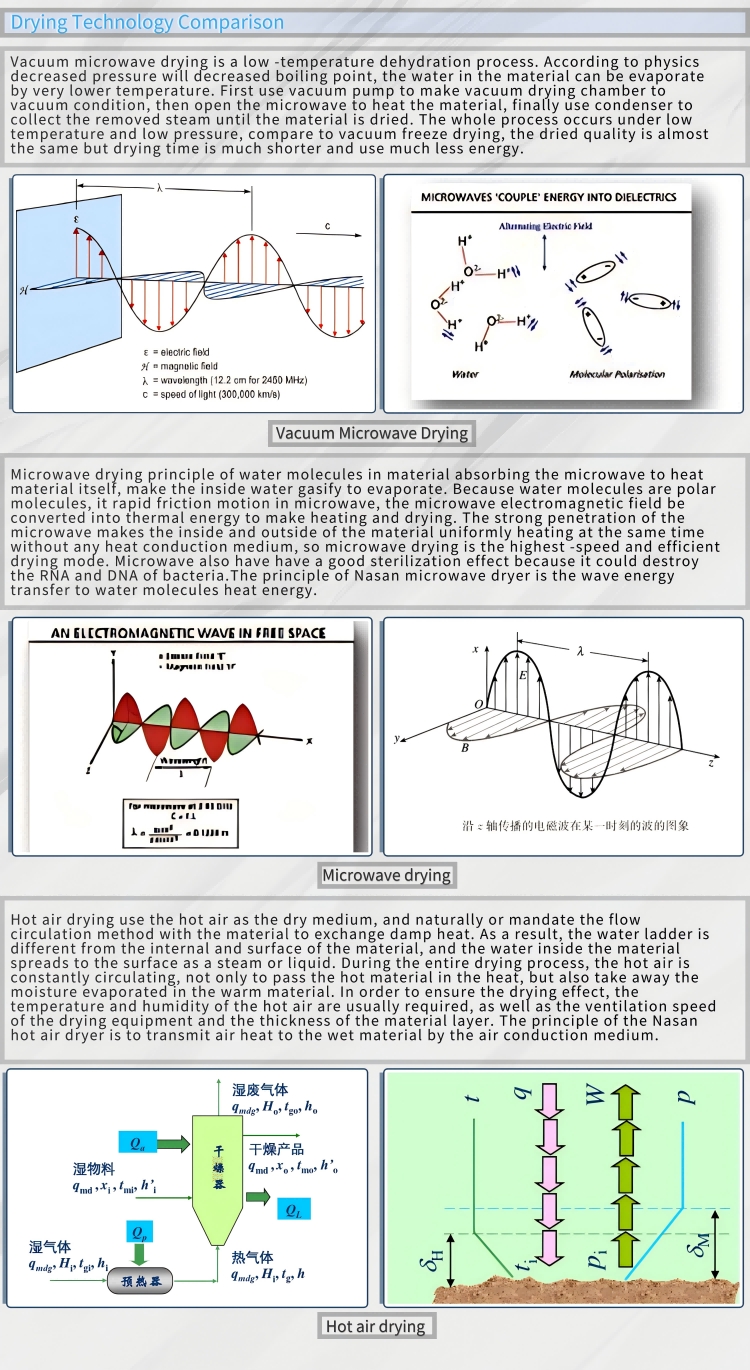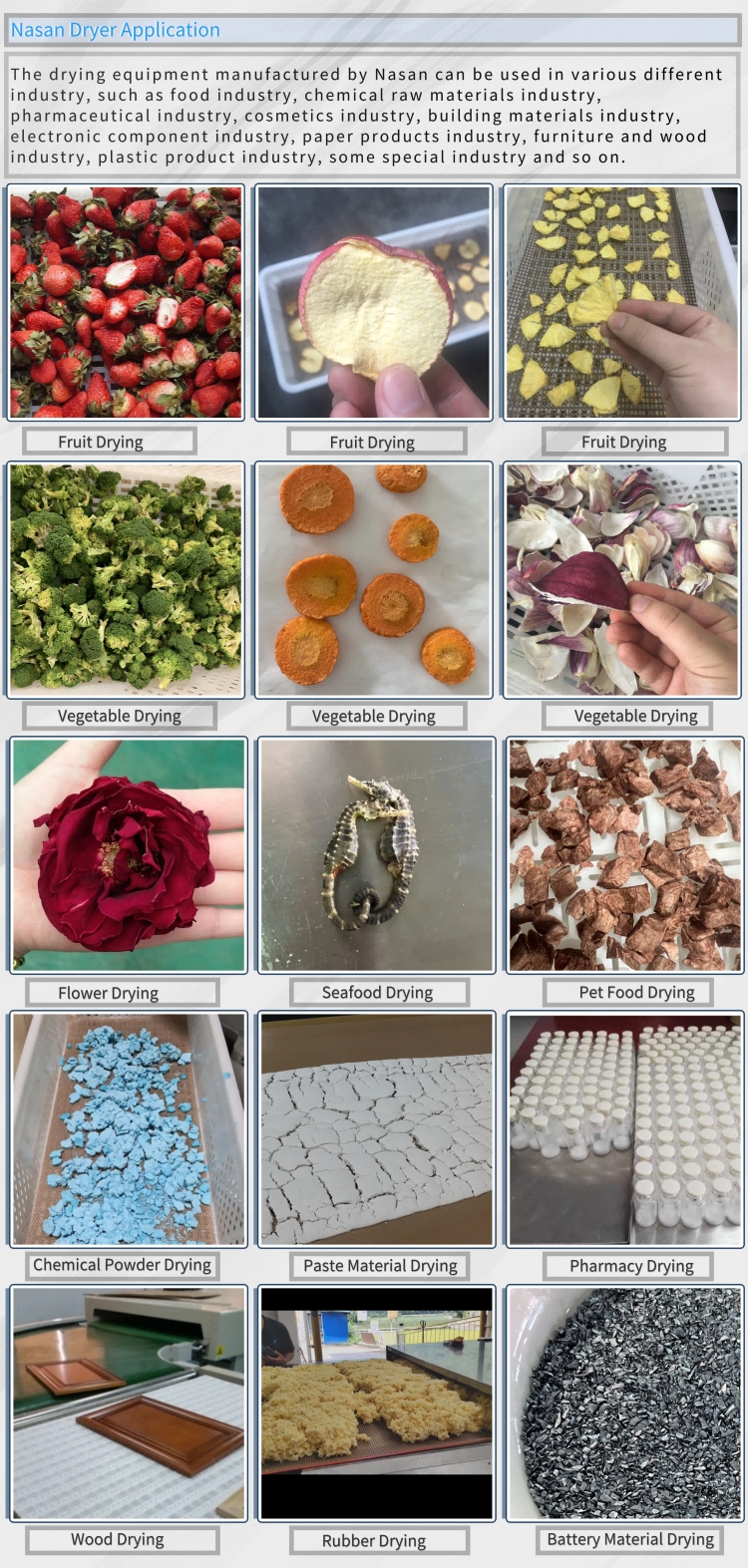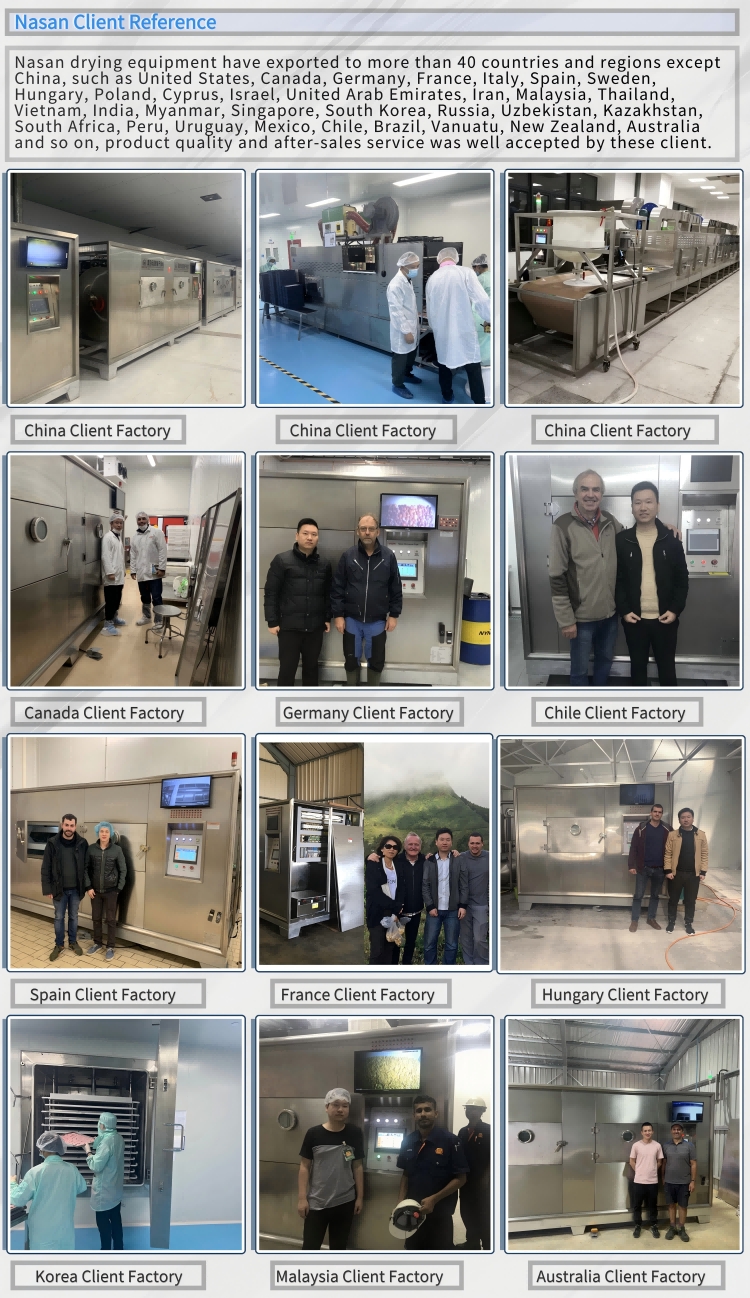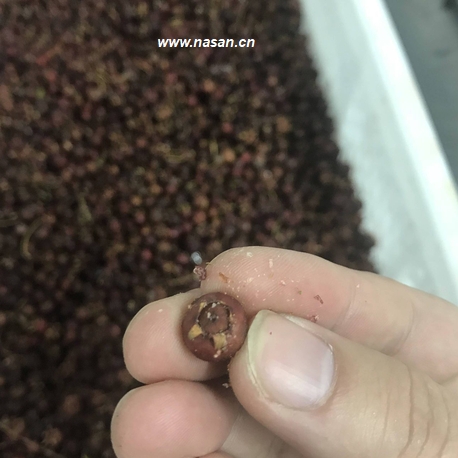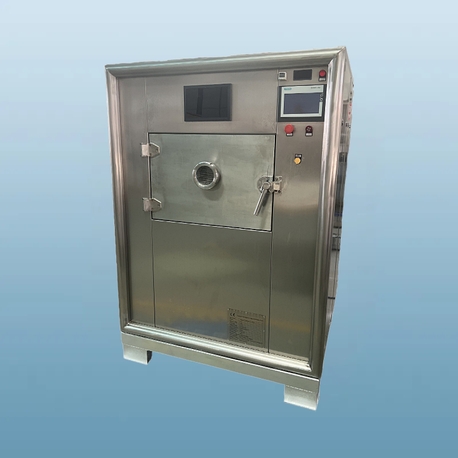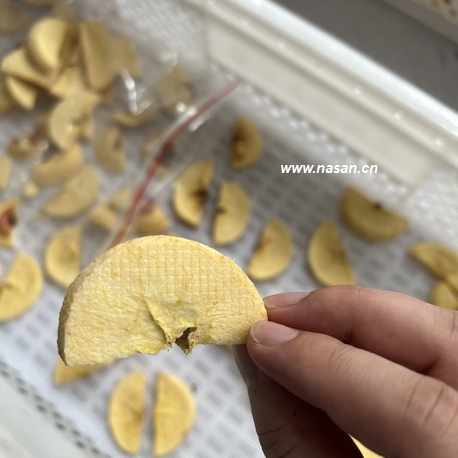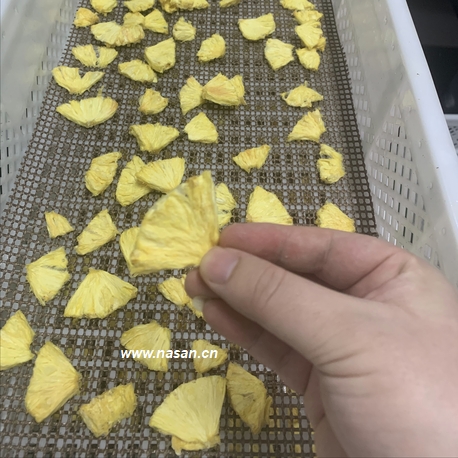Red berries—including strawberries, raspberries, blueberries, cranberries, and goji berries—are nutrient-dense but highly perishable, with delicate cell structures, high moisture content, and heat-sensitive compounds (e.g., anthocyanins, vitamin C). Vacuum microwave drying is uniquely suited to process these fruits, as it preserves their vibrant red color, tart-sweet flavor, and bioactive nutrients while avoiding the defects of traditional drying methods. Below is a detailed breakdown of this tailored technology.
Why Red Berries Require Vacuum Microwave Drying
Red berries have distinct traits that make conventional drying (hot air, sun drying) impractical or damaging:
Delicate Cell Structures: Berries like strawberries and raspberries have thin skins and soft pulp—slow drying (e.g., sun drying) causes cell collapse, leading to a mushy, shapeless product.
Heat-Sensitive Pigments & Nutrients: Their signature red color comes from anthocyanins (powerful antioxidants), which degrade rapidly at temperatures above 50°C. Vitamin C (abundant in red berries) also breaks down in high heat or UV light, common in traditional methods.
High Moisture & Mold Risk: Fresh red berries contain 80–90% moisture. Slow drying creates a warm, moist environment ideal for mold growth (e.g., botrytis in strawberries), requiring preservatives to mitigate—something vacuum microwave drying avoids.
Vacuum microwave drying solves these issues with low-temperature, rapid moisture removal (preserves anthocyanins and vitamin C) and internal, gentle heating (maintains cell structure), making it the gold standard for high-quality dried red berries.
Industrial Considerations for Red Berry Drying
For manufacturers scaling up red berry vacuum microwave drying, key factors to address include:
Stickiness Control: Soft berries (strawberries, raspberries) stick to trays—use silicone-coated trays or a thin layer of food-grade maltodextrin (0.5% solution) on berry surfaces (prevents sticking without altering flavor).
Batch Uniformity: Red berries vary in size (e.g., small goji berries vs. large strawberries)—sort berries by size before drying to ensure even moisture removal.
Energy Efficiency: Use a two-stage power setting:
Waste Reduction: Use “seconds” (berries with minor blemishes or irregular shapes) for drying—they are unsuitable for fresh sale but yield high-quality dried products, reducing food waste.
In summary, vacuum microwave drying is the only technology that reliably preserves red berries’ vibrant color, tart-sweet flavor, and nutrient density. Its efficiency and ability to avoid defects (fading, mold, toughness) make it essential for producers targeting health-conscious consumers and premium snack markets.
